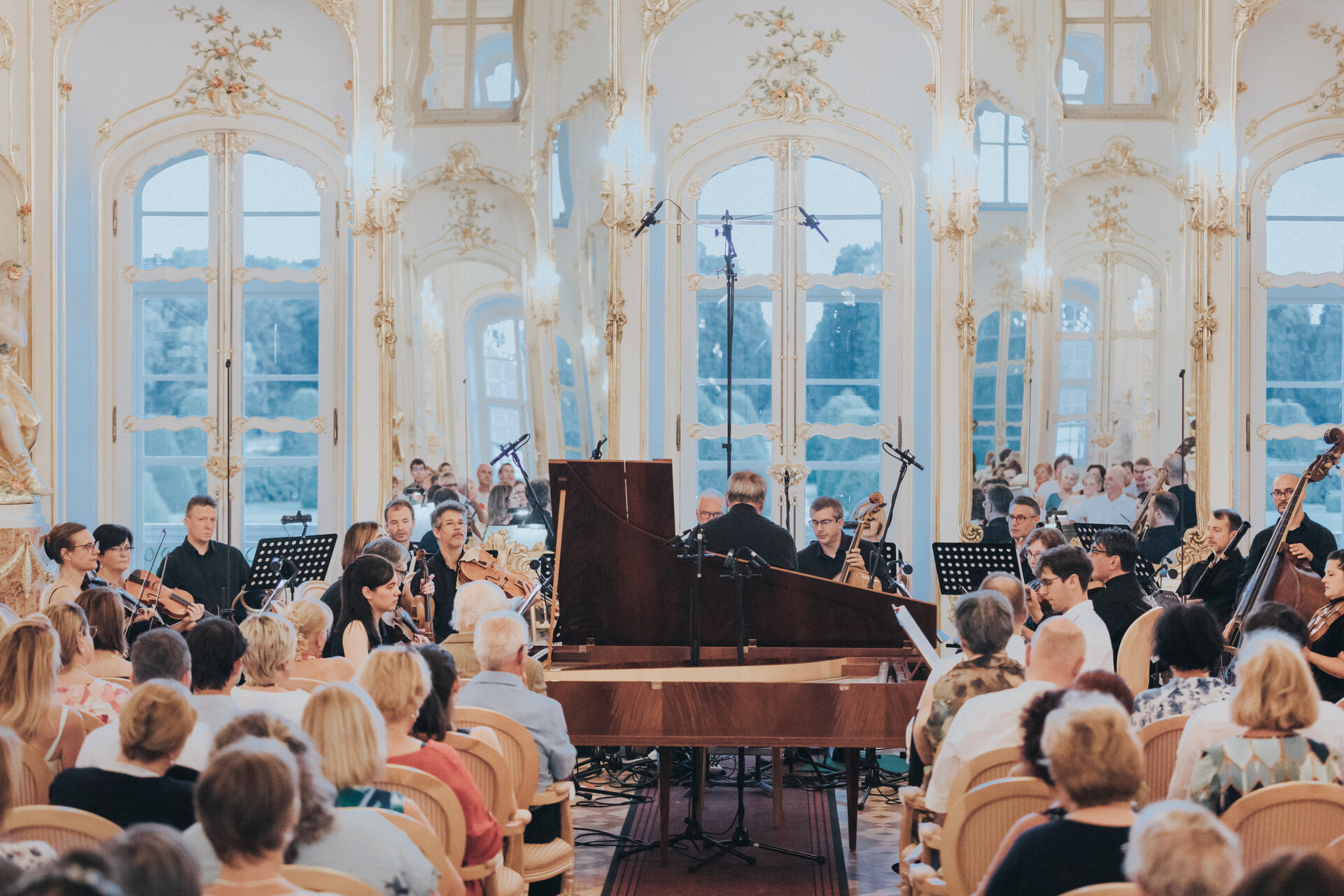‘The Italian sinfonia, which plays the same role as the French overture, calls for the same qualities as the latter in terms of splendour’ – wrote Johann Joachim Quantz, Frigyes Nagy’s famous flutist, in his book On Playing the Flute, published in 1752, lamenting that composers often fail to appropriately align the structure of their opening pieces with the operas that follow them. This is despite the fact that the full multi-section sinfonia would, as he noted, ‘remain to be useful for other purposes’. One such purpose being a standalone piece.
This is because the Italian-style opening piece typically consists of three sections: a fast, a slow, and another fast-paced one. When it came to their mood and motives, these works were not inherently connected to the composition following them, as Quantz’s objection indicates; however, their varied characters made them suitable for being played as enjoyable standalone pieces of entertainment for music lovers. The amount of unique approaches this practice enabled is shown well by what the humble opera overture could end up becoming in the workshop of an overwhelmingly innovative composer such as Haydn, who, while in the employ of the Esterhazy family, transformed these elegant but short series of musical segments utilising barely more than a dozen performers into orchestral works full of grandiose, surprising, and energetic twists and yet possessing a balanced structure. He wrote his Symphony No. 61 in 1776 and Op. 88 in 1787 for Prince Nikolaus’ orchestra. The 1770s also gave birth to Mozart’s Piano Concerto No. 22 for fortepiano, which the composer presumably created to be played by himself and his sister, Nannerl.





